| Today the Royal Academy closes its doors to Ai Weiwei’s first British survey show. An artist arguably more famed for his political activism than his works alone, Weiwei's blockbuster show was bound to be met with mixed reviews. Like most art, particularly that which comes with a political message, his is not to everyones taste. He is renowned for creating works which speak of exploitation and injustice, particularly pertaining to the Chinese Government. Whilst I appreciate the concepts behind his work, not all of it resonates with me and whilst I wouldn’t go so far as to say it myself, I can see why some critics label it nothing more than a spectacle. That said, his enormous ‘Straight’ installation certainly wowed. |
‘Straight’ made its debut at the 2013 Venice Biennale, and has reclamation at its heart. Weiwei salvaged 200 tonnes of mangled rebar steel rods from the rubble of the 2008 Sichuan earthquake, 90 tonnes of which covered one of the gallery spaces at The RA. For four years, between 2008 and 2012, Weiwei and his team straightened the rods by hand in his studio, returning them to their former use to create a work of art which would not only commemorate some of the 70,000 people that lost their lives in the earthquake, but to critique the government’s shoddy infrastructure. Poor infrastructure directly contributed towards the huge death toll, especially in schools, where it is estimated that over 7,000 inadequately engineered schoolrooms collapsed in the quake, exposing the school construction scandal.
It is the students that Weiwei speaks out for with ‘Straight’. The rods are arranged to resemble tectonic plates, whilst the names of 5,000 students who lost their lives in the disaster line the walls of the room. Here Weiwei makes an impactful point about the state’s responsibility in the obliteration of life, and brings the scale of the disaster home through the sheer size of his installation.
For me, it is here more so than any other of his works at the RA, that his point is made most poignantly; if you will excuse the pun, it is the most straight talking of his works. Ai Weiwei firmly believes in artists finding the language to deal with problems, and he especially feels a responsibility to let the public know about state injustices, despite the barriers faced in doing so. His damning exposure of poor building standards and the disastrous consequences is highly powerful, as both a political statement and as art, proving his mantra, ‘everything is politics, everything is art’, somewhat true.
Author: Sarah Moor
It is the students that Weiwei speaks out for with ‘Straight’. The rods are arranged to resemble tectonic plates, whilst the names of 5,000 students who lost their lives in the disaster line the walls of the room. Here Weiwei makes an impactful point about the state’s responsibility in the obliteration of life, and brings the scale of the disaster home through the sheer size of his installation.
For me, it is here more so than any other of his works at the RA, that his point is made most poignantly; if you will excuse the pun, it is the most straight talking of his works. Ai Weiwei firmly believes in artists finding the language to deal with problems, and he especially feels a responsibility to let the public know about state injustices, despite the barriers faced in doing so. His damning exposure of poor building standards and the disastrous consequences is highly powerful, as both a political statement and as art, proving his mantra, ‘everything is politics, everything is art’, somewhat true.
Author: Sarah Moor

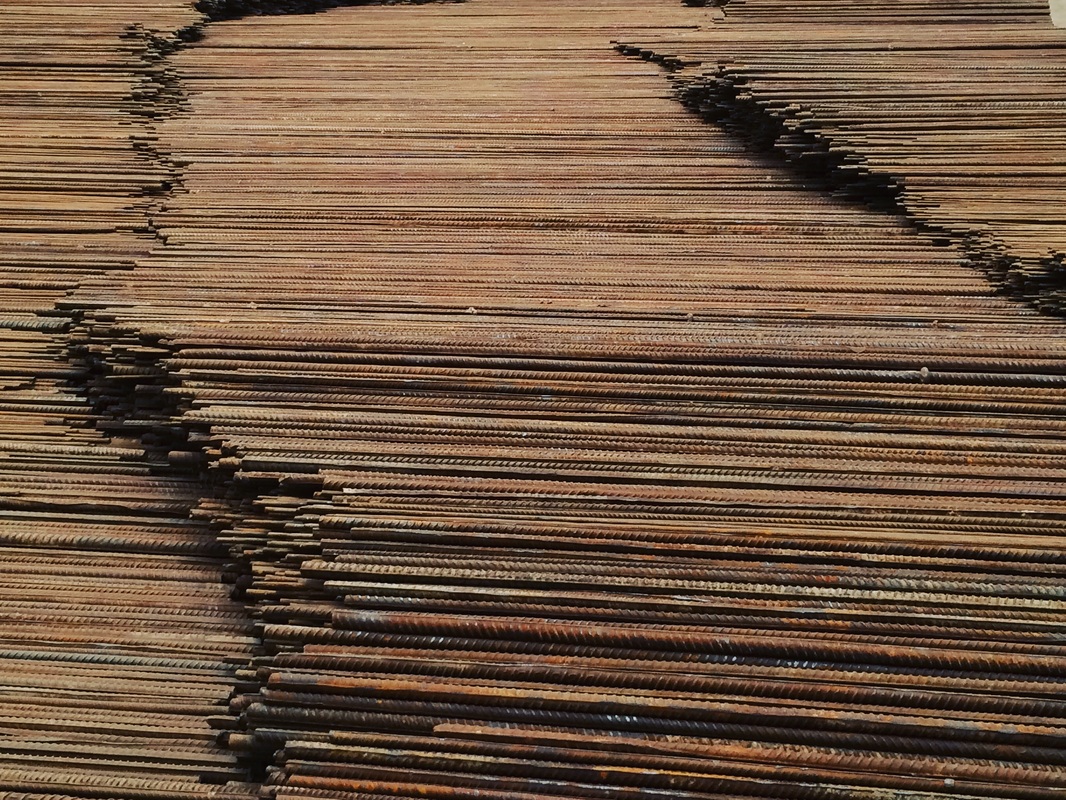
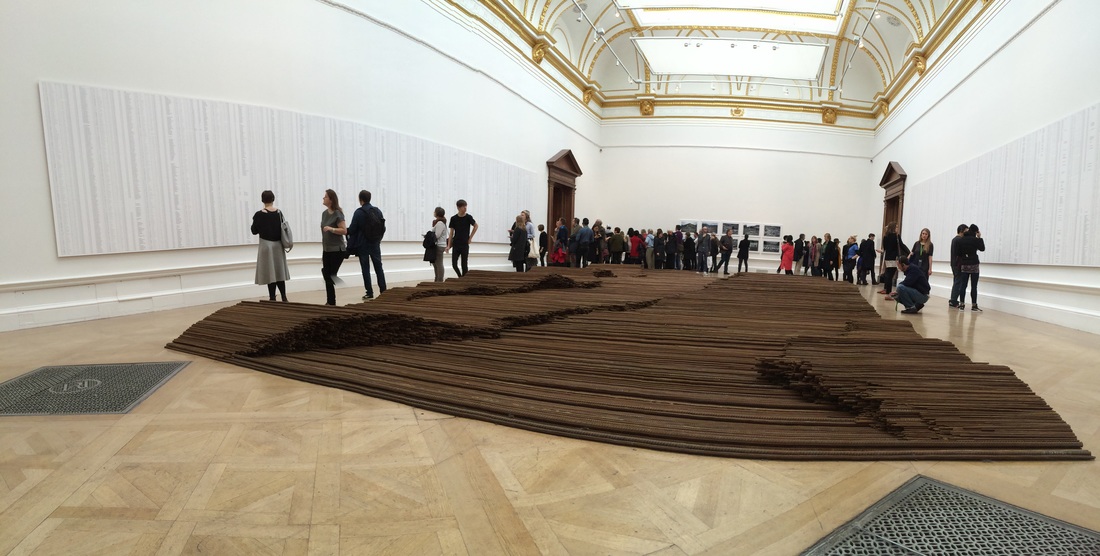
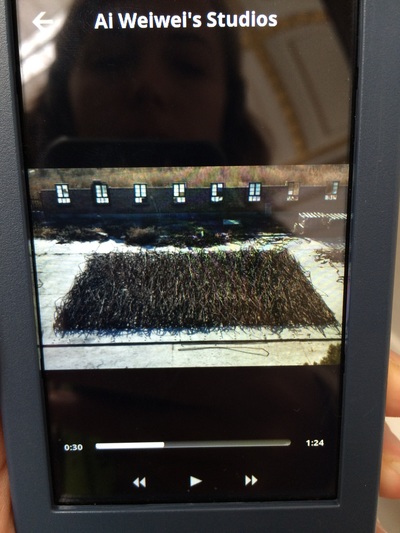
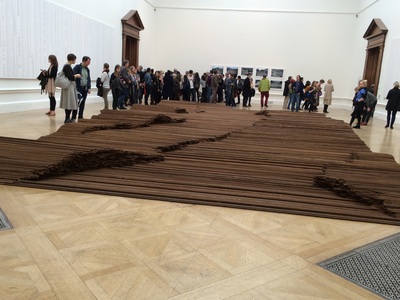
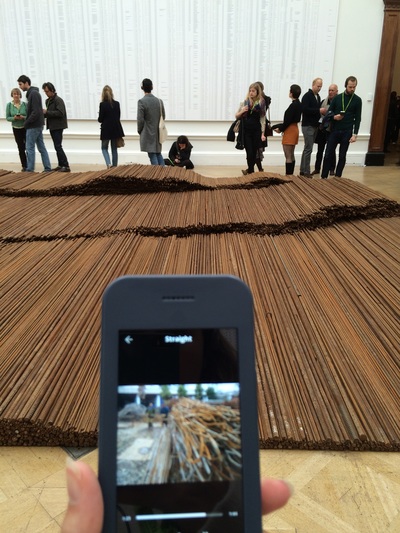
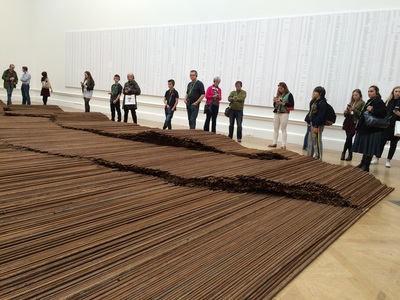
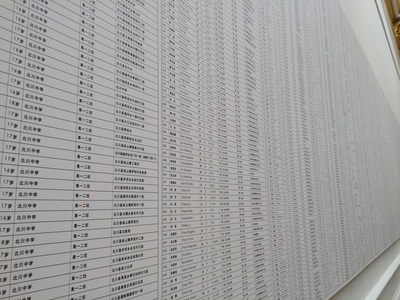
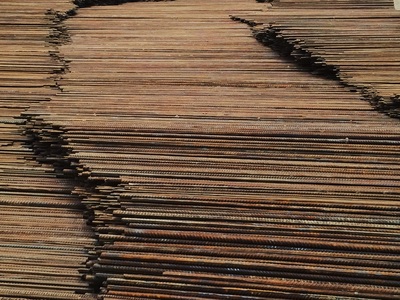

 RSS Feed
RSS Feed
